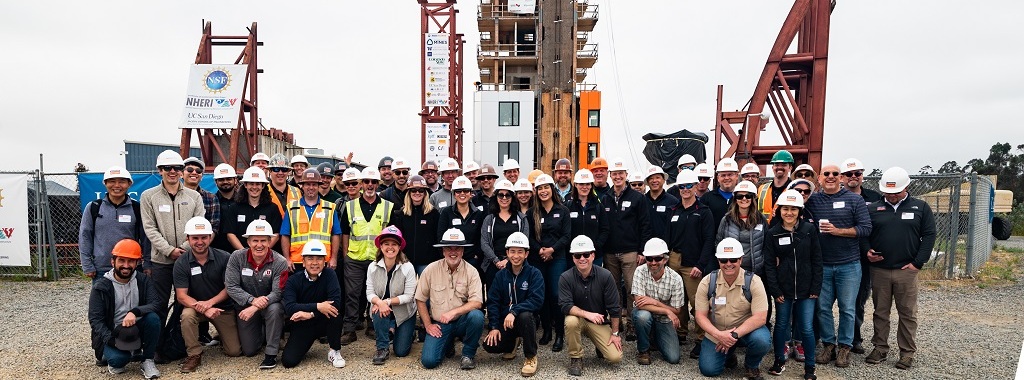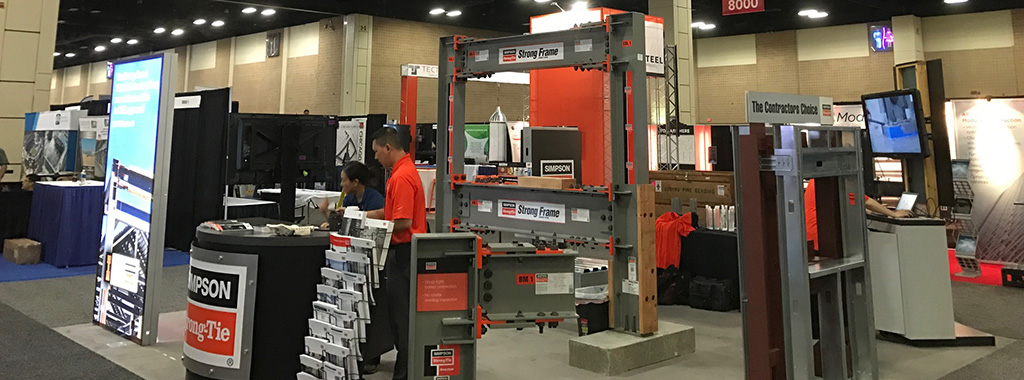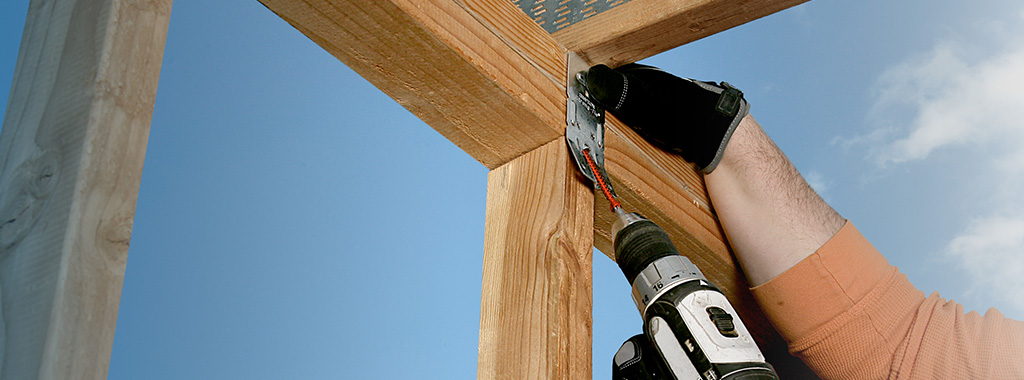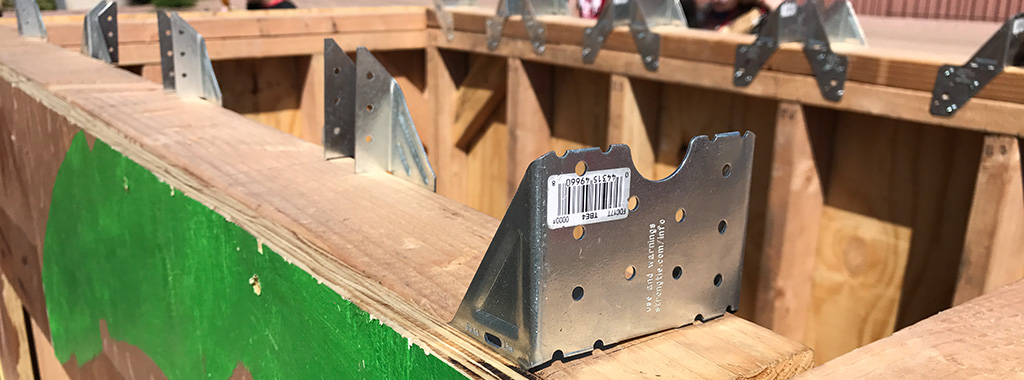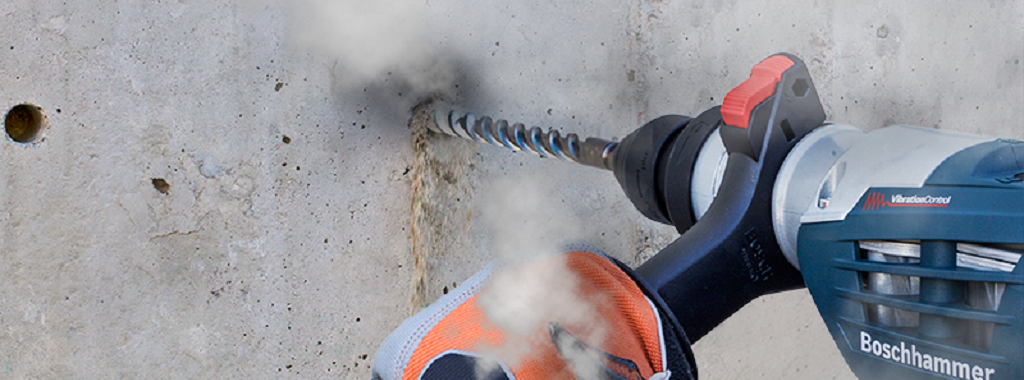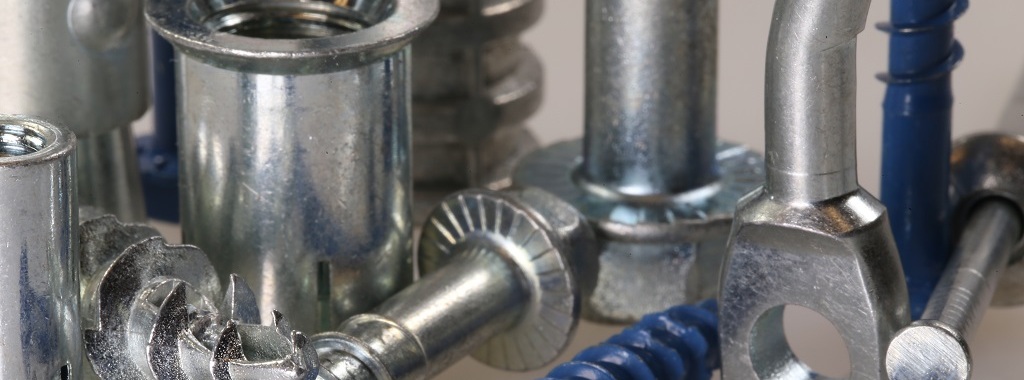As a research partner in the National Hazards Engineering Research Infrastructure (NHERI) TallWood project, Simpson Strong-Tie participated in a series of earthquake shake table tests conducted at the University of California, San Diego (UCSD).
Category: Academia
Our academia posts are dedicated to helping our customers and the general public acquire a deeper understanding of solutions and how they relate to the industry.
New NCSEA Survey Promoting Stronger Connections Among Structural Engineers
Structural engineers mostly take rightful pride in their skills and the importance of what they do. In other respects, however, job satisfaction can be uneven within the field, without much opportunity for engineers to address questions of professional engagement, mentorship, compensation or equity. The Structural Engineering, Engagement, and Equity (SE3) survey, sponsored by NCSEA, is an attempt to remedy this shortcoming. In the following post, Annie Kao, a structural engineer with Simpson Strong-Tie, gives an overview of this development.
Continue Reading
NASCC 2018: Debuting Our Newest Yield Link Connection
This year the NASCC (North American Steel Construction Conference) will be in Baltimore, Maryland. The conference is the annual educational and networking event for the structural steel industry, which attracts attendees and exhibitors from all over the world. With more than 130 sessions this year, the conference will provide attendees the opportunity to learn the latest in research, design, technology and best practice in the steel industry.
Continue Reading
Drive a New Path: Resisting Uplift with Structural Fasteners
Structural screws are designed and tested to do hard work, but that doesn’t make them hard to use. In this post, Simpson Strong-Tie structural engineer Bryan Wert explains how the load-rated strength, versatility and easy installation of the code-listed Strong-Drive® SDWC Truss screw and SDWF Floor-to-Floor screw make it a cinch to create a continuous load path to resist wind uplift.
Winter’s finally shedding her blanket and unveiling springtime in Texas. There’s now a short window of picture-perfect weather where my purchases at Home Depot are no longer foam hose bib covers to protect outdoor faucets from freezing temperature, but aren’t quite yet tiki torches and floats for the pool for hot and humid summer days. I find myself in the garden center looking at the freshly delivered trees, shrubs and flowers, along with just about every other adult in my city. This year, my wife’s decided we need to surround our outdoor living space with hanging planters displaying perky red, purple, yellow and blue flowers.
Continue Reading
Timber Strong Gives Engineering Students Real-World Experience
Structural engineering, like every other research field, advances by educating new generations of students in the principles and practice of the discipline. Knowing that, Simpson Strong-Tie has teamed with the Binational Softwood Lumber Council and the American Wood Council to co-sponsor and coordinate the Timber Strong Design-Build Competition, an annual design contest held at the ASCE Pacific Southwest Conference in Tempe, Arizona.
Engineering students will test their civil and environmental engineering skills this spring when they compete in the annual Timber Strong Design-Build Competition. Eighteen universities will send teams of students to Tempe, Arizona, to participate at the American Society of Civil Engineers (ASCE) Pacific Southwest Conference (PSWC).
The objective of the competition, taking place April 12–14, is to give students valuable real-world engineering design experience:
Continue Reading
My Engineering Adventures with Build Change
This week’s post was written by James P. Mwangi, Ph.D., P.E., S.E. – our first annual Simpson Strong-Tie Engineering Excellence Fellow with Build Change.
Let me start by wishing everyone a happy holiday season.
My fellowship activities started in July 2017. I spent two weeks in New Jersey getting oriented to the Build Change organization and engineering activities around the world. I then spent two days in Pleasanton getting to meet the engineering team and getting updated on Simpson Strong-Tie products and the team leaders.
Continue Reading
What You Need to Know About Differences in Wind-Speed Reporting for Hurricanes
There is a great deal of good information out there to help us better understand hurricanes and their impact on people, structures and other property. To improve awareness of wind speeds and their measurement, this article will discuss a commonly misunderstood aspect of hurricane wind-speed reporting.
Continue Reading
What Structural Engineers Need to Know About the New OSHA Silica Dust Standards
In March of 2016, the United States Department of Labor issued new OSHA standards on how crystalline silica dust should be handled in various workplaces including within the construction industry. The changes are intended to limit workers’ exposure to and inhalation of silica dust on the jobsite. These regulations will replace the current standard, which was issued in 1971. Compliance with the new rules will be required on construction jobsites starting September 23, 2017, and will be enforced through OSHA from that time forward.
Continue Reading
Meet the First Simpson Strong-Tie Engineering Excellence Fellow with Build Change
Introducing James P. Mwangi, Ph.D., P.E., S.E. – our first annual Simpson Strong-Tie Engineering Excellence Fellow with Build Change. James Mwangi will write a quarterly blog about his experience throughout the Fellowship.
I’m delighted to have been asked to contribute this post and feel honored to be the first-ever Simpson Strong-Tie Engineering Excellence Fellow with Build Change. It’s my hope that this post will inform you about my professional background, why I applied to the Fellowship and how I think the Fellowship can benefit people and the structures they live, work and go to school in.
Continue Reading
How Heat Treating Helps Concrete Anchoring Products Meet Tougher Load Demands
There’s a saying in Chicago, “If you don’t like the weather, just wait fifteen minutes.” That’s especially true in the spring, when temperatures can easily vary by over 50° from one day to the next. As the temperature plunges into the blustery 30s one evening following a sunny high in the 80s, I throw my jacket on over my T-shirt, and I’m reminded that large swings in temperature tend to bring about changes in behavior as well. This isn’t true just with people, but with many materials as well, and it brings to mind a thermal process called heat treating. This is a process that is used on some concrete anchoring products in order to make them stronger and more durable. You may have heard of this process without fully understanding what it is or why it’s useful. In this post, I will try to scratch the surface of the topic with a very basic overview of how heat treating is used to improve the performance of concrete anchors.Continue Reading

